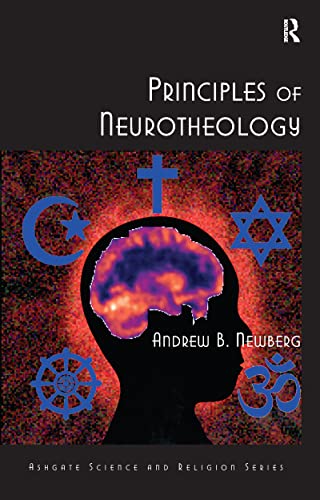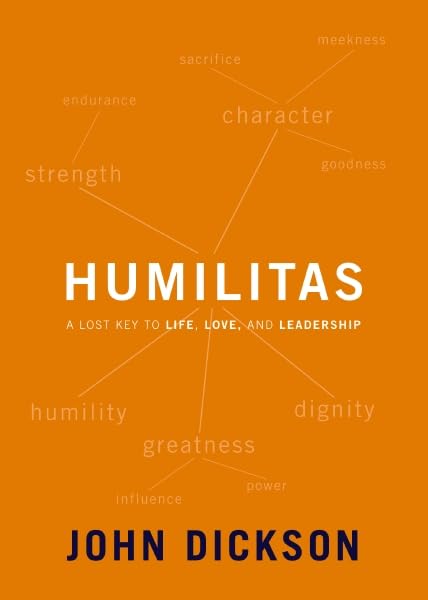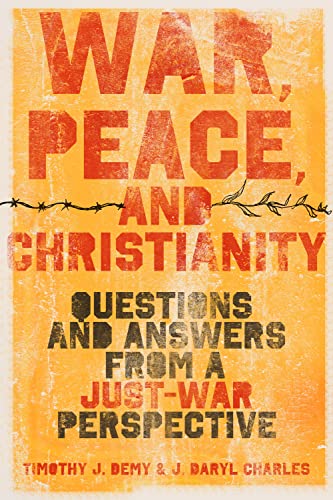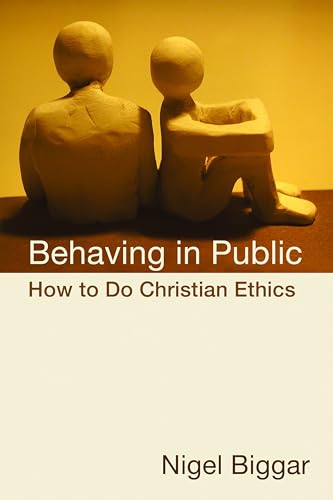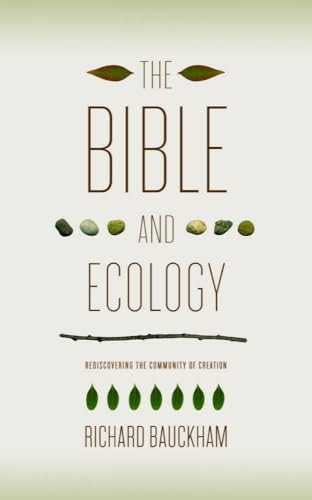Almighty God Created the Races: Christianity, Interracial Marriage, and American Law
Written by Fay Botham Reviewed By William EdgarIt was not so long ago in the United States, ostensibly one of the world's more pluralistic countries, that an interracial couple walking down the street drew suspicious looks from passers by. Indeed, not too long ago, it was illegal in most states to marry someone from another race. What fed such suspicion? Simply the fear of the “other”? Fay Botham contends the fundamental factors are geographical, but especially religion. Her argument can be summarized thus: the difference between a Roman Catholic and Protestant view of marriage, reinforced by cultural differences between the American West and the South, explains the two contrasting postures, the one cautiously open, the other completely closed.
What struck me the most in reading this book was how strongly people, Christian people, could feel about keeping humanity divided on racial lines. Some of the arguments are grotesque and derogatory. Others, while still repugnant, have considerable depth, both in their supposed biblical support and in their understanding of anthropology. Botham generally deplores the older views, yet judiciously reminds us to put our feet in the shoes of our predecessors before we dismiss them as crazies.
Botham is an ethnographer, a specialist in race issues, nineteenth-century history, and Native American studies. The book is accordingly carefully researched both ethnographically and in jurisprudence. It documents the long and complex history of religious interpretations of marriage as well as the struggle of interracial couples for legitimacy. In so doing the book fills a gap since with all of the literature on interracial marriage little of it deals directly with the religious factors involved, which professor Botham maintains are central.
The author frames her discussion with two cases. The first, covered in chapter 1, is Perez v. Lippold (1948), involving a white Mexican American woman (Andrea Perez) and an African American man (Sylvester Davis), who were denied a marriage license in Los Angeles County. The reason given was that California Civil Code Section 60 provides, “All marriages of white persons with Negroes, Mongolians, members of the Malay race, or mulattoes are illegal and void.” Added to that was Section 69, which stated, “No license may be issued authorizing the marriage of a white person with a Negro, mulatto, Mongolian or member of the Malay race.” Perez had listed her race as “white,” because according to California law Mexican people were Caucasian. Davis identified himself as “Negro,” the term used generally until the Civil Rights movement in the 1960s. On top of this, there was a law on the books since 1850 called California's anti-miscegenation statute, originally enacted for the purpose of preventing whites and non-whites marrying.
In the event, Perez petitioned the California Supreme Court for what is called a Writ of Mandate. Basically it is a way to compel the County to issue a license. One of the major arguments used was that both she and her fiancé were Roman Catholics, and they had wished their marriage to be celebrated in a Mass in church. The court held that marriage was a human right. They did not quite use the term “Creation ordinance,” but the idea was the same. In a decision of 4-3, at least three arguments prevailed. First, Sections 60 and 69 were too vague to be enforced. Second, more weighty by far, the California law violated the Fourteenth Amendment (on the equality of all persons before the law). Third, and most significant for this book, California's miscegenation law violated the right of persons to enjoy the sacraments, including the sacrament of marriage, and thus impinges on the freedom of religion.
The second case is Loving v. Virginia (1967), described in chapter 6. Here Mildred Jeter (of mixed African and Native American descent) and Richard Loving (Caucasian) got married in Washington D.C. They moved to Virginia, where they were arrested and convicted for violating the state's miscegenation law and also for allegedly going out of the state in order to escape the law. The suspended sentence was for the couple to be exiled from Virginia for twenty-five years. The Judge in the case was Leon M. Bazile, himself a devout Roman Catholic, albeit one who was imbued with Southern culture. The implication is that he was permeated with Protestant Bible-believing tradition. Botham argues that in much of the American South the view that interracial marriage is wrong was based on the conviction that God had placed each people group in a different geographical area, so as to keep them separate. Echoing this view, Judge Bazile made the following, now infamous, statement: “Almighty God created the races white, black, yellow, malay and red, and he placed them on separate continents. And but for the interference with his arrangement there would be no cause for such marriages. The fact that he separated the races shows that he did not intend for the races to mix.”
The title of the present volume derives from this statement. Frustrated by not being able to see their families and encouraged by more progressive Catholics who saw no such biblical prohibition against intermarriage, they took the case to the United States Supreme Court. The verdict was unanimous: the Virginia law violated the due process clause and the equal protection clause of the American Constitution's Fourteenth Amendment. The court's decision included these words:”Marriage is one of the 'basic civil rights of man,' fundamental to our very existence and survival. . . . To deny this fundamental freedom on so unsupportable a basis as the racial classifications embodied in these statutes, classifications so directly subversive of the principle of equality at the heart of the Fourteenth Amendment, is surely to deprive all the State's citizens of liberty without due process of law.”
Between these two chapters, Botham gives us a thorough account of the history of the American laws on interracial marriage as well as the theological arguments for and against it. We learn that the fundamental reason for the greater success of interracial marriages before the law is due to the Roman Catholic Church's view that marriage is a sacrament. To deprive a couple, whatever their origin, of participation in such a sacrament, violates religious freedom. Protestants, she argues, did not consider marriage a sacrament, and thus tended to relegate the authority for determining the right to marry to the state. This explains why it took so long for the Virginia law successfully to be challenged.
This summary of nearly 200 pages of text makes it sound overly simple. All kinds of nuances must be recognized along the way. Protestants certainly believed marriage was a sacred institution, if not a sacrament. In 1966 the Presbyterian Church (then, the U.P.U.S.A.) issued a statement declaring that there were no biblical reasons to prohibit interracial marriages. And Catholics did recognize the legitimacy of the state to sanction marriage. In fact they often had to appeal to the state for protection against nativists who did not want them to immigrate in large numbers. Also, while the Roman Catholic Church often cast the issue as theological, there were pragmatic reasons as well, such as the hopes that John F. Kennedy, a Catholic, be elected President.
Among the many implications of this ethnographic history and the results of the key court decisions is the trend, from colonial times to the present, toward an increasing regulation of each state by the federal government. A key step in the process was forbidding polygamy in the State of Utah. We learn as well that the Catholic Church was far more sharply critical of the Nazi approach to race than we might have imagined. Indeed, Botham argues that Catholics considered themselves far more biblical than Protestants on this particular issue. Throughout the book, the Catholics rather come out on top, which is a bit ironic, considering the troubles they are facing today.
One, perhaps unintended consequence of Loving v. Virginia was its use to justify homosexual marriage much later. Botham draws the parallel herself in the Epilogue, where she finds arguments for and against gay marriage to be similar to those used on the issue of interracial marriage. The argument in Loving included defending marriage as a “civil right,” which was used to defend the legitimacy of gay marriage in the passing of the Marriage Equality Act in 2011 in New York State. Interestingly, this legislation occurred by overthrowing Hernandez v. Robles (2006), which had specifically refused to accept Loving as a precedent, commenting that heterosexual marriage had been by far the norm up until recently and that “A court should not lightly conclude that everyone who held this belief was irrational, ignorant or bigoted. We do not so conclude.” Within five years the language of civil rights was used to warrant homosexual marriage.
While the book is primarily descriptive, not prescriptive, the Epilogue at the very end tells us where the author stands. Entitled “A Postmodernist's Reflections on History and Knowledge,” her major contention is that cultural epistemologies and hermeneutics determine the way court justices decide whether racial segregation is right or wrong in different eras and different parts of the country. She uses Mark Noll's The Civil War as a Theological Crisis (2006) to demonstrate that even though they did use biblical arguments against racism, few people listened to the Abolitionists because they were too nuanced. That may be so, but then she adds that there are no external or static standards for biblical interpretation, something Noll would never agree to.
Biblically, I need to say, while marriage is regarded as a public, contractual arrangement, its foundations are in the order of creation. The ordinance of marriage is not simply a social contract, nor can it be called merely a civil right. We value both civil and political rights, of course, but in the main they exist to guaranty against discrimination and protection under the law. They do not exist to define what is human life (as the image of God) nor why we should work (the cultural mandate), nor the nature of marriage (between a man and a woman). If that were true, then practically any kind of arrangement could be named a marriage, provided it has the support of the majority. But surely marriage isn't good, nor does it exist, at the behest of the majority.
This book is an excellent resource and deserves a wide reading. But because it is a linear ethnography, with very little critical interaction except the rather shallow chapter on postmodern hermeneutics, it provides few answers for the ultimate reason that the races are one, though many, and fewer reasons why interracial marriage is, indeed, biblically legitimate.
William Edgar
William Edgar is Department Coordinator and Professor of Apologetics at Westminster Theological Seminary in Philadelphia, Pennsylvania.
Other Articles in this Issue
Evaluating a new English translation of the Bible can be extremely difficult...
In the November 2009 edition of Themelios, Dane C...
Jonathan Edwards (1703-1758) is remembered today as a saint, scholar, preacher, pastor, metaphysician, revival leader, theologian, Calvinist—the list goes on...
Almost two decades ago I wrote an essay titled " When Is Spirituality Spiritual? Reflections on Some Problems of Definition ...
He was the youngest son of elderly parents. His childhood was secluded and unhappy, which might in some measure account for his lifelong melancholy...



